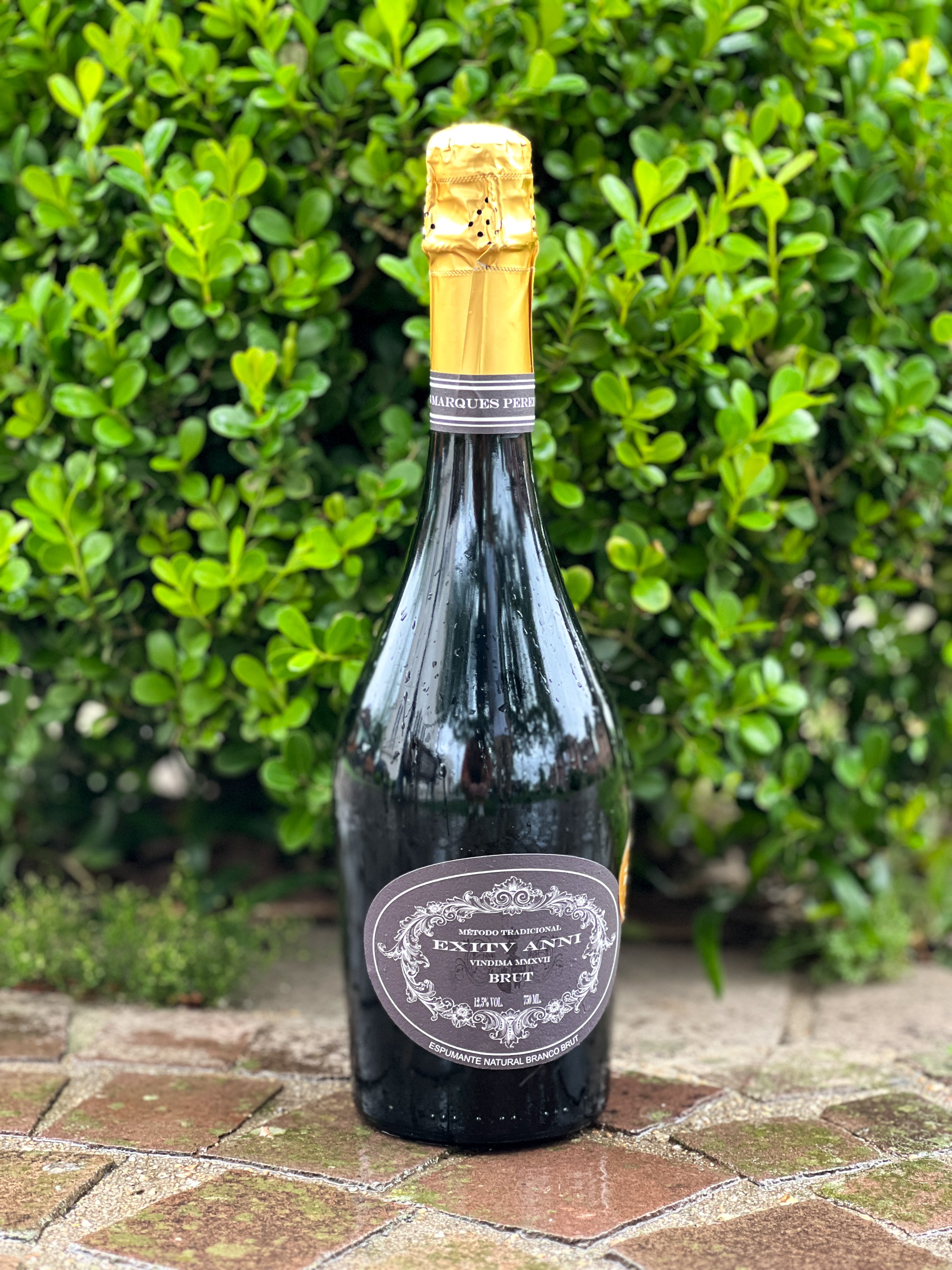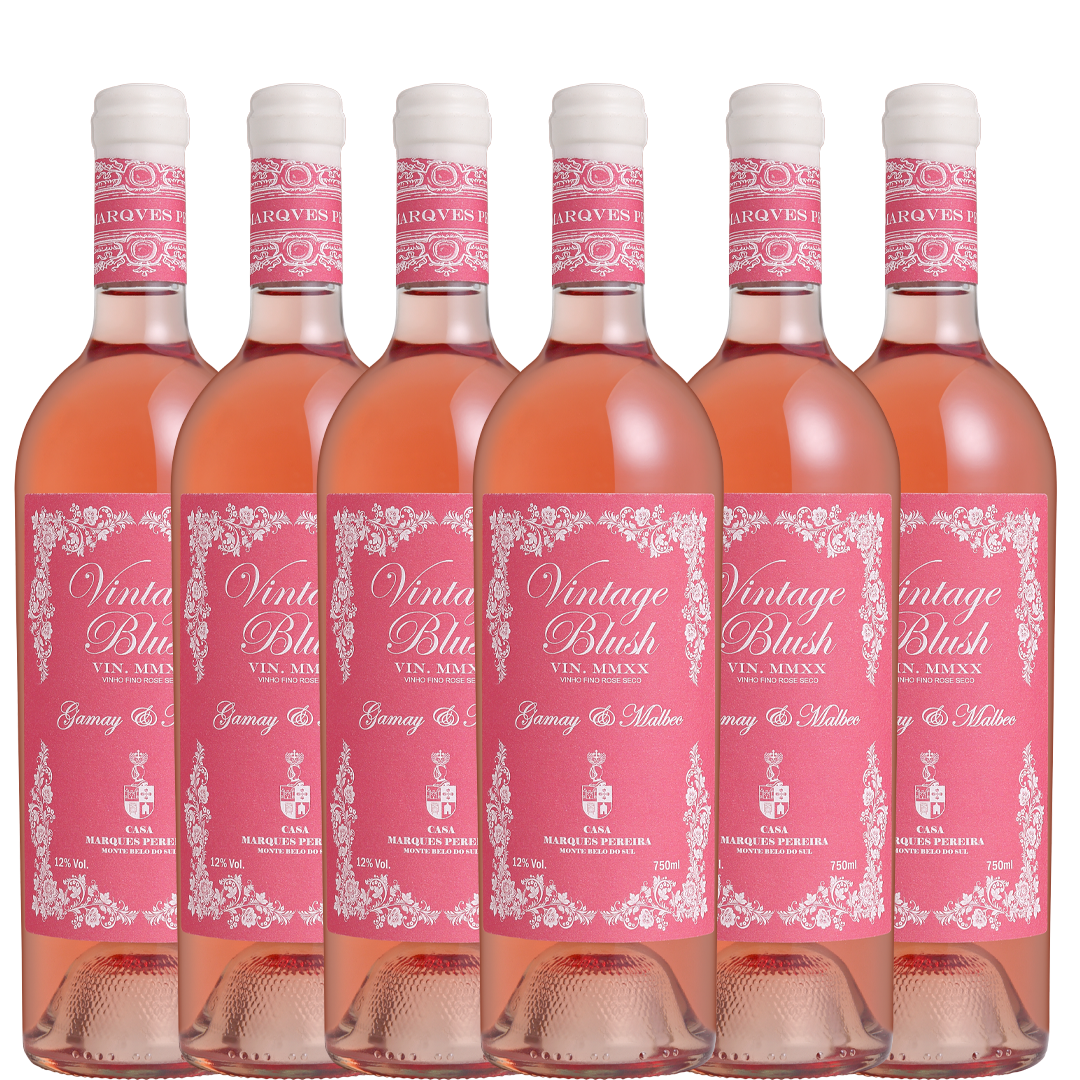Sur Lie: What is it and how can it transform your wine?
Have you ever read the expression "Sur Lie" on a bottle, or heard it around you? But what does this phrase mean, and what can it tell you about your wine or sparkling wine?
To truly understand how this aging technique works, we need to understand exactly what lees are in wine, since the expression Sur Lie can be literally translated as " On the Lees". This refers to all the solid particles suspended in the liquid as a result of the processes of transforming grape juice into wine or sparkling wine. We can also refer to lees simply as sediment and classify them into two main groups: Coarse Lees and Fine Lees.
It is important to clarify that these lees are a natural product of the winemaking process, especially the fermentations that occur to transform the sugars and acids of the grape itself. In the group of coarse lees, we classify particles that are larger (about 0.1 millimeters) and heavier, such as yeasts and tannins, fragments of grape skin or seeds. Therefore, they precipitate and accumulate at the bottom of the tank, barrel, or bottle in approximately 24 hours. Fine lees, on the other hand, are represented by much smaller particles (up to 0.001 millimeters or less) and are composed of yeasts and natural bacteria from the grape that are active at the end of fermentation and may take several days to settle alongside the heavier lees.
What is Maturity Sur Lie ?
Now that we know a little more about the "raw material" of the technique, let's say that the term Sur Lie is quite straightforward: allowing the wine to age, or rather, mature, in contact with the lees that remain after fermentation. In a common process, after the sedimentation of these solid particles, the wine would be racked , that is, transferred to a new container and would continue its maturation without contact with the lees, whether thick or thin. In the Sur Lie technique, the wine continues to share its space with all this organic matter for periods that can vary from 2 months to several years!
During this period, the yeasts that were active during fermentation, converting sugars into alcohol, die and, in a final heroic act in the name of oenology, enter a process of autolysis, where they rupture their cell walls, releasing various organic compounds into the liquid that will interact with the components of the wine or sparkling wine, completely changing its characteristics.
The choice of which part of the lees to use, even though fine lees are generally preferred, and the timing of their removal, is the sole responsibility of the winemaker. The decision rests with them, based on their objectives for the wine or sparkling wine being produced, and how far they need to go to extract the best from the technique and enhance the classic characteristics of each product.
What are the benefits of the Sur Lie technique?
This sacrifice by the yeasts, in sharing compounds with the wine, allows a new and drastic process to begin, transforming the beverage in several aspects, from its aroma to its texture on the palate. Some of the released compounds, such as amino acids and other fatty acids, are powerful aromatic precursors, giving rise to notes of toasted bread, butter, nuts, and hazelnuts, as well as being a source of energy for other yeasts that have not yet entered the autolysis process, allowing this process to last for many months and even years after the end of alcoholic fermentation.
Other very important compounds are mannoproteins and polysaccharides, which act as wine stabilizers, enhance aromas, and give the wine a much greater ability to resist the effects of time and natural oxidation. Furthermore, one of the most evident transformations is the significant increase in the texture, or "body," of the beverage, resulting in a creaminess unattainable without the technique.
What products can ripen Sur Lie?
Considering that the lees necessary to perform the technique are a natural product of the winemaking process for all beverages within the winery, we can say that any type of wine or sparkling wine can be chosen. Even so, red wines are an almost exotic rarity due to the specific technical challenges of the nature of these grapes. White wines already have a greater connection with the technique, especially benefiting varieties with an affinity for good volume, aging potential, and more evolved flavors and aromas.
The greatest highlight in the use of this centuries-old technique is undoubtedly in the realm of sparkling wines. Sparkling wines produced using the traditional technique, as we discussed in another conversation , involuntarily begin a Sur Lie aging process, with the fine lees from the second fermentation gently resting at the bottom of the bottle while the yeasts undergo autolysis. In these cases, the sparkling wine can rest for many months until it is disgorged, the metal cap (corona) is removed along with the lees, its volume is replenished, and finally it is sealed with the final cork. In special cases, with sparkling wines of high aging potential, seeking unique flavors and aromas and unusual creaminess, very limited batches of sparkling wines are produced without disgorgement , retaining the metal cap and allowing the yeasts to continue their slow and transformative cycle even after the winery's work is finished.
Take the Casa Marques Pereira Exitv Anni Sur Lie Nature Vindima MMXVII as an example: 36 months of rest in contact with the lees before being labeled and sent to the private cellar of its buyer. Even without the winemaker's decision, it is now up to its owner to carefully manage it and decide the exact moment to open it and have the unique experience of drinking it. Unique. Literally unique, since each bottle will have its own particular Sur Lie time, opened at a different moment, with particular flavors, textures, and aromas. Each bottle holds an unparalleled story, waiting to be told.

















2 comments
Marcio Luz
Prezado Jhonathas. Sou leitor frequente do Blog. Na descrição sobre as borras no caso de vinificação tradicional dos espumantes, notei que vc descreveu que “as borras se depositam no fundo das garrafas”. Me parece que na vinificação tradicional, as garrafas são armazenadas de cabeça para baixo, sofrem rotações frequentes e as borras se depositam no bico, sendo encaminhadas posteriormente para dégorgement, se for o caso. Estou equivocado ?
Marcio Luz
Prezado Jhonathas. Sou leitor frequente dos posts. Me chamou a atenção sua descrição sobre a localização das borras “no fundo das garrafas” na vinificação dos espumantes pelo método tradicional. Me parece que neste método, as garrafas são colocadas de cabeça para baixo e sofrem rotação. No caso, as boras não se aglomerariam no bico da garrafa para, se for ocaso, serem encaminhadas ao dégorgement ?